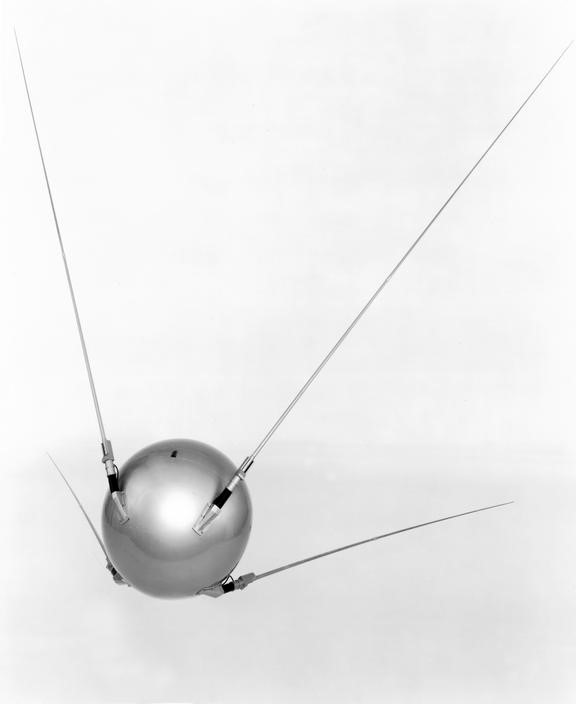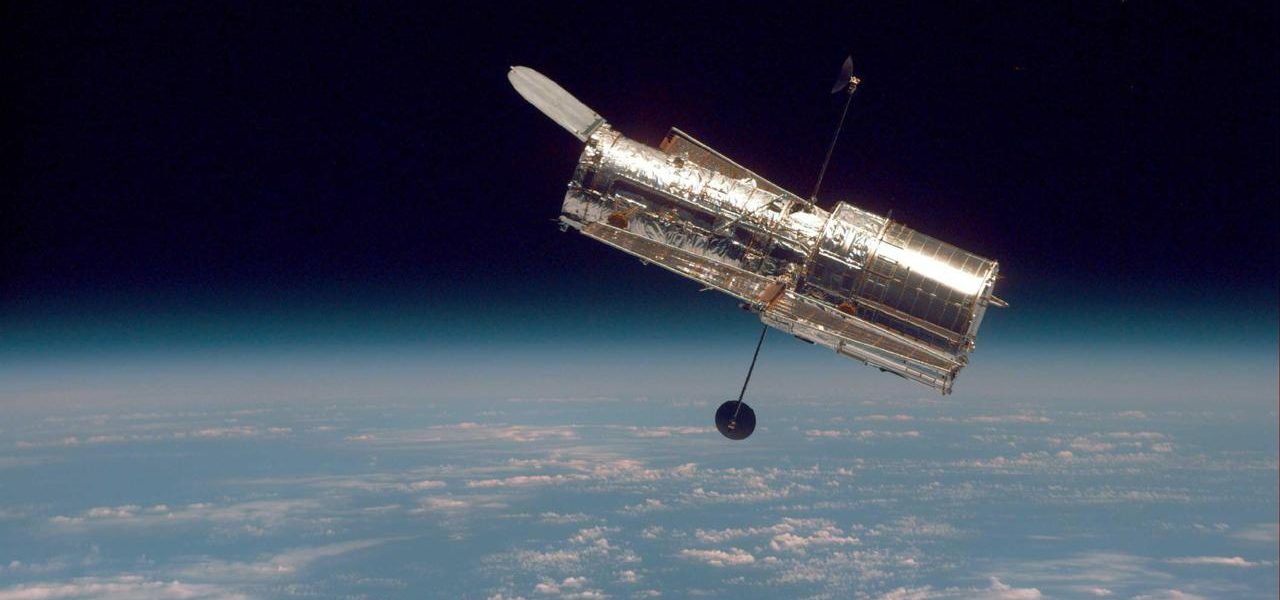The Hubble Space Telescope is an optical telescope operated by NASA and ESA. From its orbit, around 550km above Earth, it has captured unprecedented views of celestial bodies near and far, from distant, ancient galaxies to the planets and moons of our own Solar System.


On 24 April 1990, Hubble was launched from Cape Canaveral in Florida, USA, and ever since that day it has allowed scientists to make groundbreaking discoveries that help to unravel the secrets of our universe. Though this date marks the start of its mission, the history of the Hubble Space Telescope reaches back further than you might expect.
The concept of a telescope in space can be traced back to a German scientist in the early twentieth century, named Hermann Oberth. In 1923, Oberth published an article speculating that one day, we could position a telescope in Earth’s orbit.
At that time, his ideas were considered flights of fancy, but then in 1946, an American astronomer named Lyman Spitzer published a scientific paper explaining the advantages of a telescope outside of the Earth’s atmosphere. People did start to take this idea seriously, but it wasn’t until much later that technology would catch up with these space-age ideas.
It was the technological success of the V2 rocket that made people realise that the once-lofty ideas of Oberth and Spitzer might be achievable.
Originally developed for use in the Second World War, the V2 became the first man-made object to reach space in 1944. This achievement paved the way for modern rocket technology and is considered the first step towards putting a telescope into space.

In 1957, another milestone was achieved: the launch of the first artificial satellite, Sputnik. Sputnik was a Soviet satellite about the size of a beach ball. It was launched, in October 1957, into a low elliptical orbit where it continuously circled the Earth 1,440 times during its three-month mission. Sputnik’s success proved that putting man-made objects into orbit was possible.
In 1977, a team at NASA were given the green light from US Congress to begin the Large Space Telescope programme, as it was then called. Astronauts began training the following year, and construction of the telescope’s main mirror, which focuses light gathered to form an image, commenced.
The building of the telescope was a collaborative effort; ESA had been invited to collaborate on the project and different components and instruments were manufactured in sterile facilities across Europe and the USA. The project was later renamed the Hubble Space Telescope in honour of American astronomer Edwin Hubble, who was the first to identify galaxies outside of our own Milky Way in the 1920s. By 1985, construction of the Hubble telescope was finally complete.

After completion, Hubble was scheduled to launch in 1986. However, this was delayed due to the Challenger disaster. Tragically, the seven astronauts onboard the Challenger space shuttle lost their lives when the orbiter broke apart shortly after take-off. All scheduled shuttle launches were then postponed until it was deemed safe to continue the programme, in 1988.

On 24 April 1990, the space shuttle Discovery took off from Cape Canaveral with the Hubble Space Telescope on board. The telescope was released into orbit the following day, beginning a mission that would span more than 30 years, surpassing all expectations. Thanks to Hubble, scientists have made some amazing discoveries; from determining the age of the universe to understanding the birth and death of stars.
The mission continues today, as scientists from all over the world continue to explore the vastness of space through the Hubble’s aperture, hoping to solve even more cosmic mysteries.
One comment on “Celebrating 30 years of the Hubble Space Telescope”
Comments are closed.

Fascinating, thank you. I did not realise how far back the history of the space telescope went and had not previously heard of Hermann Oberth. What a shame he didn’t live to see the first images created by Hubble. But at least he lived to see his ideas taken seriously and the telescope manufactured.